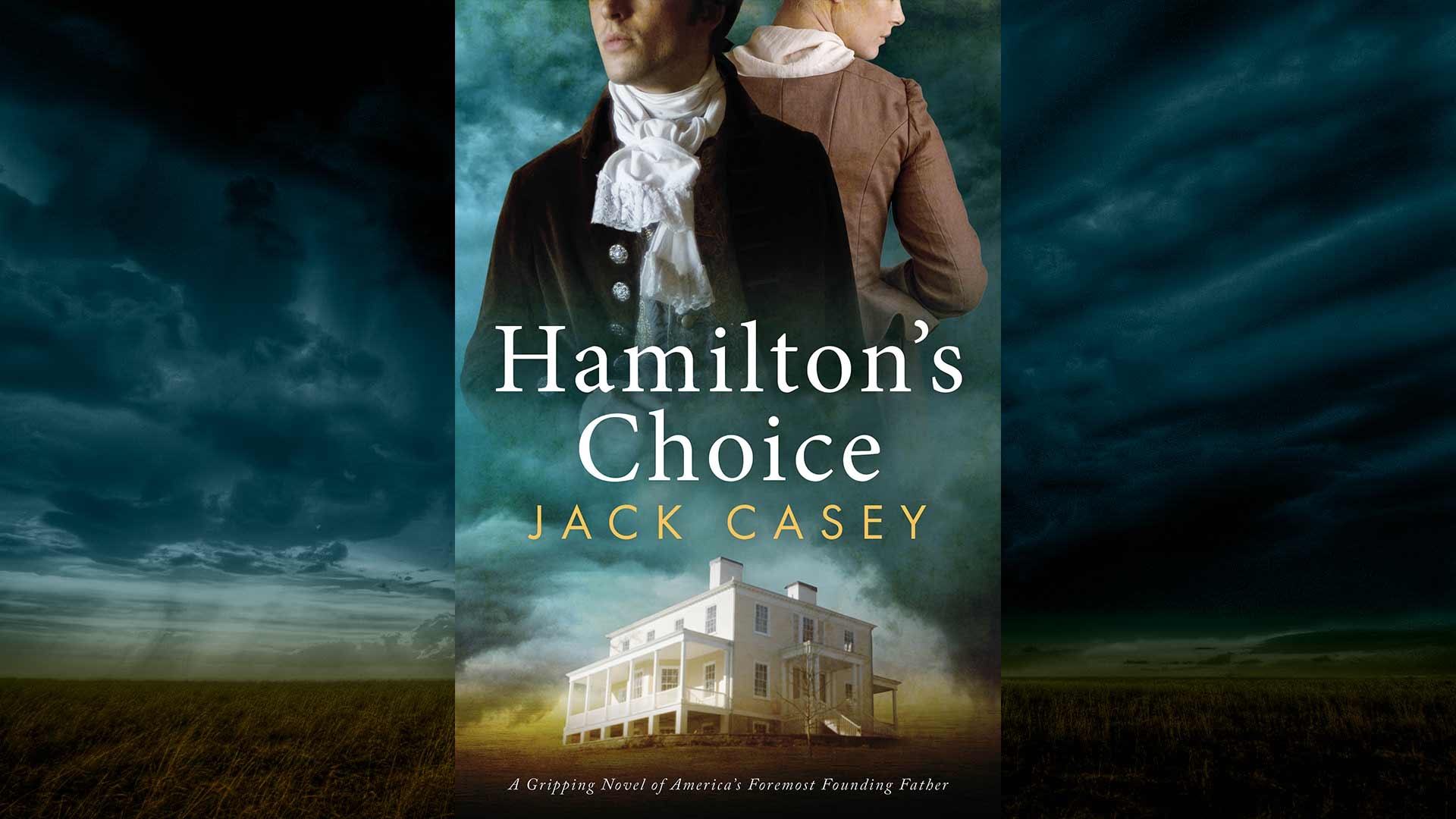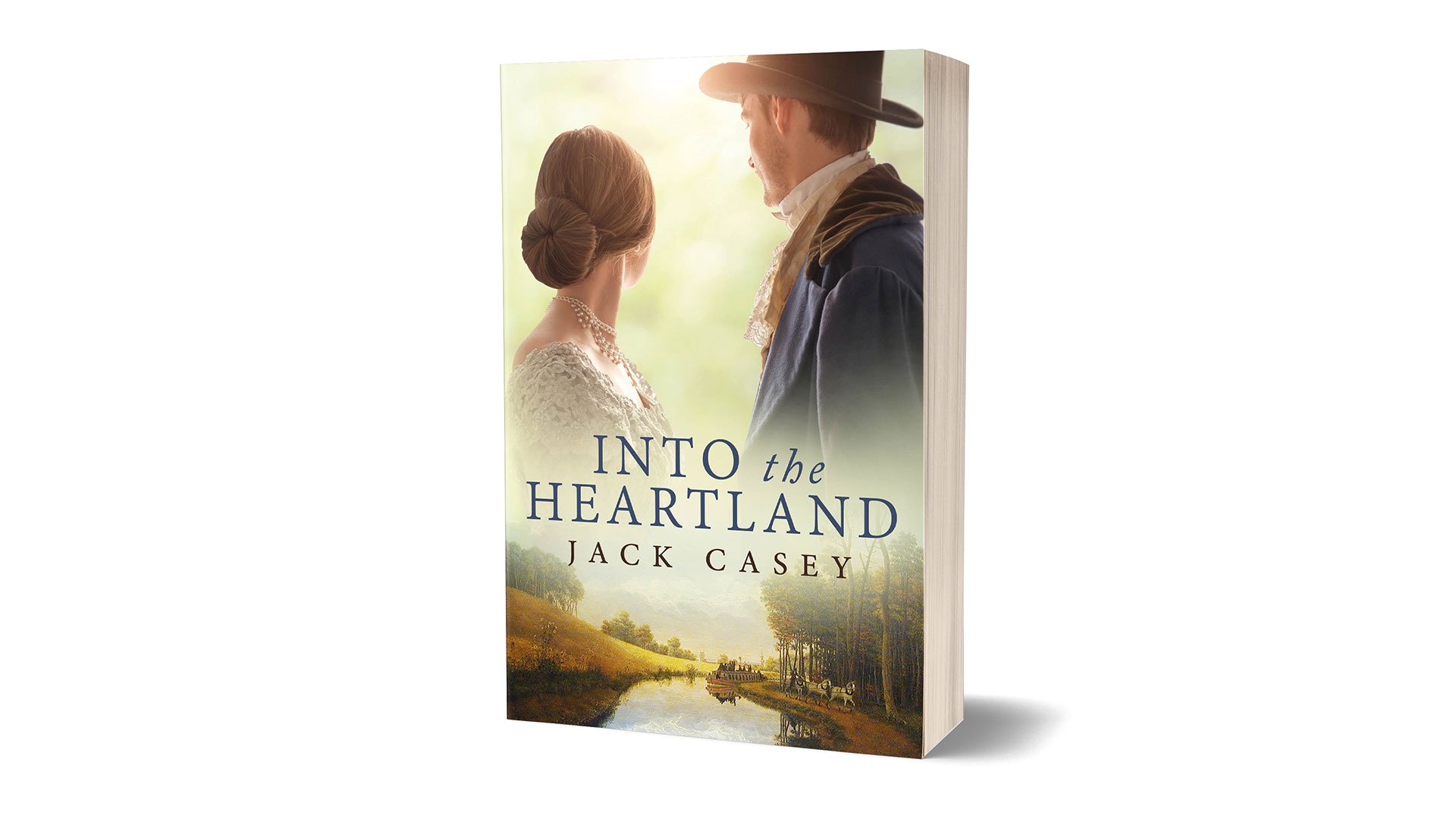Hamilton’s Choice

Jack Casey (Yale, ’72) rejects traditional theories of why Hamilton went to his fatal duel. By 1804 Aaron Burr had been thoroughly discredited and Hamilton was re-emerging as the Federalist leader. He was not suicidal, nor would he sacrifice his life and his family’s well-being merely to satisfy “honor.”
During Casey’s thirty years of practicing law and New York State politics he often witnessed the cost of unbridled political ego, a theme in his four previously published books. In this novel, he shows the true psychological motive for Hamilton’s rash act. Hamilton accepted Burr’s challenge to salve his conscience and redeem himself from a profound, hidden shame.
Hamilton’s Choice is meticulously researched and historically accurate, its vivid characters drawn from correspondence and other primary sources. The novel opens with the 1801 dueling death of 19-year-old Philip Hamilton, moves quickly through Thomas Jefferson’s 1803 Louisiana Purchase, the New England states’ attempt to secede from the union, and Burr’s 1804 ill-fated bid for New York’s governorship to bring New York into that Northern Confederacy.
This gripping, fast-paced journey down lesser known paths of American history shows a devoted family man and brilliant political leader headed for the presidency, risking everything to answer the challenge of a pariah he’d just helped defeat at the polls. Hamilton’s Choice shines a penetrating, sympathetic light on the real Alexander Hamilton, who despite his famed intellect, was completely blind to his fatal flaw.


